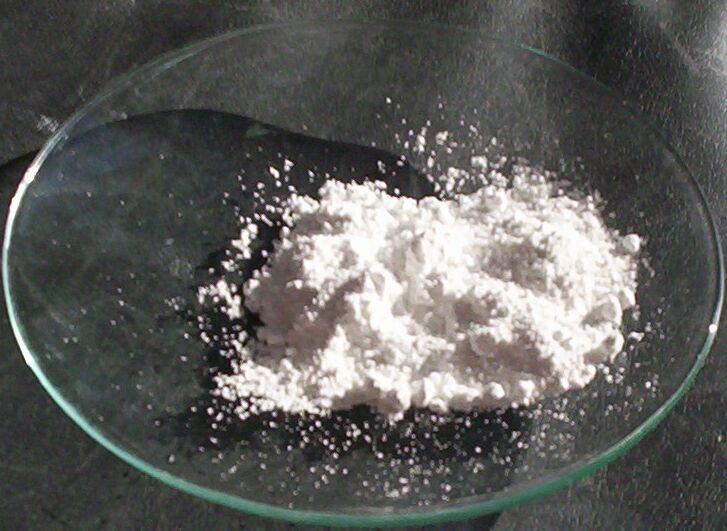
Titanium dioxide (TiO2) is a common material that has been used as a white pigment since antiquity. Today, however, it is better known within the scientific community for its so-called photocatalytic property — meaning the ability to catalyze chemical reactions through the absorption of light. This is a process in which sunlight energy can be used to drive chemical reactions, for instance, splitting water into oxygen and hydrogen, reducing of CO2 to synthetic fuels, or decomposing toxic compounds in the air, water, and soil.
Sulfur dioxide (SO2) is a toxic air pollutant that is emitted during fossil fuel combustion, and it has been shown that it can be removed directly from flue gasses through photocatalysis on the TiO2 surface. It has also been shown that, under the right reaction conductions, the SO2 molecule can be bound tightly to the TiO2 surface and further oxidized to sulfate in a way that extends the long-term photocatalytic performance and also renders the surface hydrophilic (attractive to water).
For these reasons, it is of great interest to obtain a fundamental knowledge of how SO2 reacts on the surface of TiO2. Using a special type of infrared spectroscopy technique called IRRAS (Infrared Reflection-Absorption Spectroscopy) in combination with simulations based on quantum mechanical modelling, it has been possible to identify the detailed orientation of the SO2 molecule on the rutile TiO2(110) single crystal surface, thus contributing to our understanding of possible reaction pathways of SO2 on TiO2.
The IRRAS technique gives unique information on the chemical identity, bonding strength and orientation of molecules at surfaces. The bonding geometry is assessed by measuring IRRAS with a linearly-polarized light incident along different directions of the TiO2 crystal. Molecules with different binding orientations on the surface will then respond differently to light with a certain polarization and incidence direction. By calculating stable adsorption configurations using quantum mechanical computations, it is possible to simulate such responses and then compare directly with the measured results.
Such a combined experimental and theoretical work effort has enabled unique mapping of the interaction between SO2 and single crystalline rutile TiO2(110) in an ultrahigh vacuum environment. The results have led to a reinterpretation of previously reported data, where we now argue that SO2 first form sulfite-like surface species and then further react with oxygen atom vacancies and water to form a surface-bound sulfate species.
These are the tightly-bound molecules that induce hydrophilic properties and enhanced photocatalytic activity due to their acidic properties that act as a proton source. We have previously shown that these surface species form upon ultraviolet light illumination in an oxygen atmosphere at elevated temperatures. Our recent findings suggest that they can also be formed in the presence of water on a surface that contains oxygen vacancies.
The findings are reported in the article entitled SO2 adsorption on rutile TiO2(110): An infrared reflection-absorption spectroscopy and density functional theory study, recently published in the journal Surface Science. This work was conducted by David Langhammer, Jolla Kullgren, Pavlin Mitev and Lars Österlund from University of Uppsala, Sweden.









